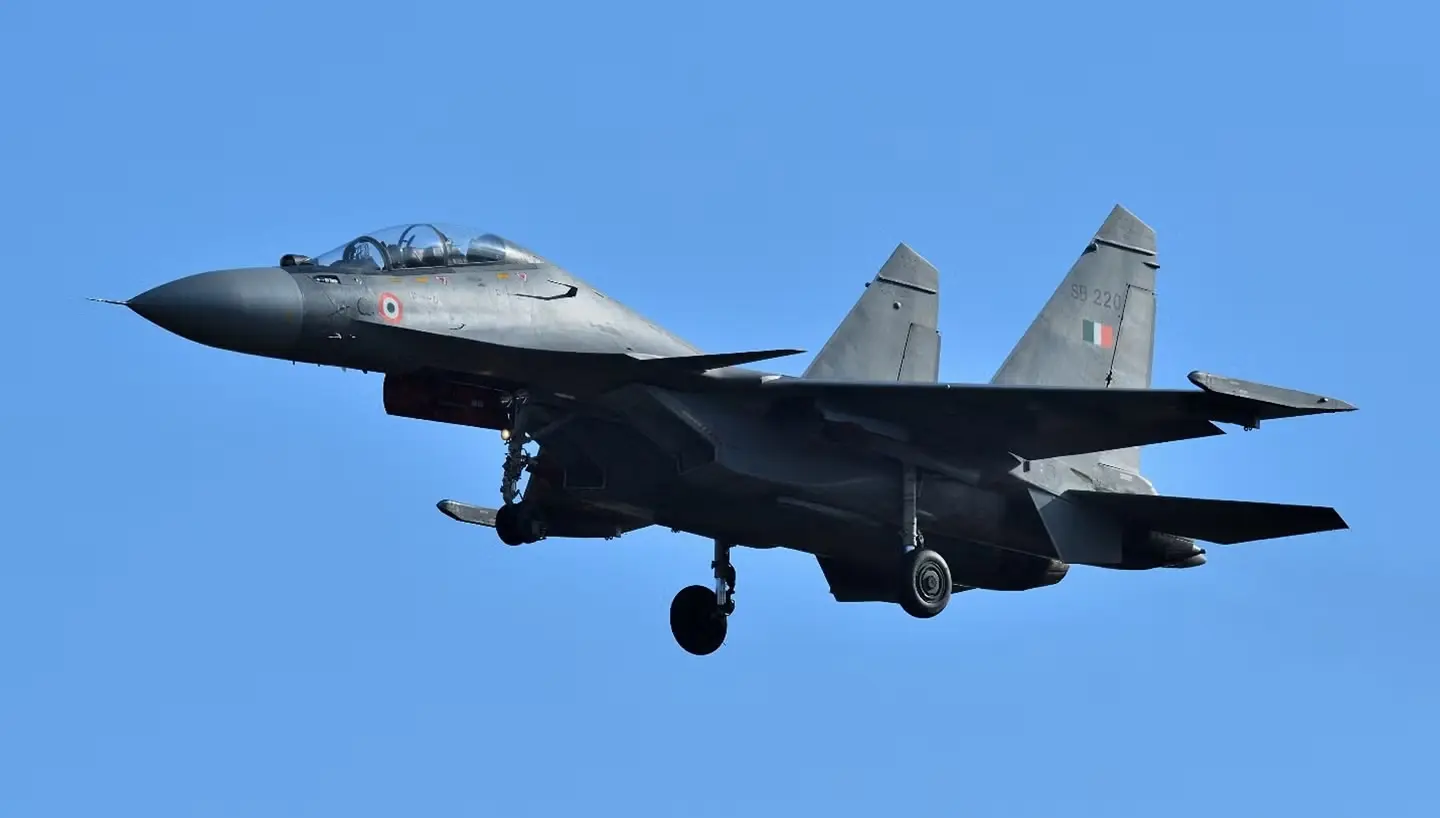
India’s ambitious Super-30 upgrade for its Su-30MKI fleet marks a transformative leap in aerial warfare
Super-30: India’s Strategic Leap in Air Combat Modernization
In a bold move to reshape its aerial warfare capabilities, India has launched the Super-30 upgrade program for its frontline Su-30MKI fighter jets. With an investment of Rs 66,829 crore, the initiative aims to transform 84 aircraft into next-gen multirole platforms over the next 3-4 years. This upgrade is not just a technical enhancement, it’s a strategic recalibration of India’s air power in response to evolving threats from Pakistan and China.
The Su-30MKI, a 4.5-generation aircraft developed in collaboration with Russia, has long been the backbone of the Indian Air Force (IAF). However, limitations in radar range and electronic warfare capabilities were exposed during the 2019 Balakot air strikes, where Pakistani F-16s reportedly outmaneuvered Indian jets. The Super-30 program directly addresses these gaps, positioning the Su-30MKI to dominate future aerial engagements.
Key upgrades include:
- Virupaksha AESA Radar: Developed by DRDO, this gallium nitride-based radar can detect targets up to 400 km away, a massive leap from legacy systems.
- Digital Cockpit Overhaul: Fully digitized glass cockpits with advanced mission computers will enhance pilot situational awareness and reduce response time.
- Indigenous Missiles: Integration of Astra MK-2 and Astra MK-3 Gandiva missiles, capable of engaging targets from 300 km, will give the Su-30MKI a decisive edge.
These enhancements are expected to extend the operational life of the aircraft till 2055, ensuring long-term strategic value while India continues developing its indigenous Advanced Medium Combat Aircraft (AMCA) program.
Outclassing the F-16: Tactical Superiority Redefined
The comparison between India’s Su-30MKI and Pakistan’s F-16s has long been a focal point in South Asian defence discourse. While the F-16 boasts agility and proven combat performance, the upgraded Su-30MKI is set to leapfrog its rival in multiple dimensions.
During the Balakot operation, Su-30MKIs struggled with radar limitations and lacked long-range engagement capabilities. The Super-30 upgrade neutralizes these disadvantages:
- Radar Supremacy: The Virupaksha AESA radar offers superior detection and tracking, even against stealthy targets, giving India a first-strike advantage.
- Missile Range: With Astra MK-3’s 300 km engagement capability, Su-30MKIs can strike before entering enemy radar zones.
- Electronic Warfare: New EW suites will jam enemy communications and disrupt targeting systems, enhancing survivability.
Moreover, the upgraded jets will feature manned-unmanned teaming, allowing them to operate alongside autonomous drones for coordinated strikes and reconnaissance. This capability is absent in Pakistan’s current fleet, giving India a technological edge in future conflicts.
The strategic impact is profound. Not only does the upgrade restore parity, it potentially tilts the balance in India’s favor, deterring adversarial aggression and reinforcing its regional air dominance.
Indigenous Power and Future-Ready Defence
Beyond tactical advantages, the Super-30 program is a symbol of India’s defence self-reliance. With over 78% indigenous components, the upgrade reduces dependency on foreign suppliers and boosts domestic manufacturing. Hindustan Aeronautics Limited (HAL) will lead the implementation, supported by DRDO and private sector partners.
This initiative aligns with India’s twin-track strategy:
- Modernize existing platforms like the Su-30MKI to meet immediate threats.
- Develop next-gen fighters through the AMCA program for future warfare.
The cost-effectiveness of the Super-30 upgrade is also notable. Delivering near-fifth-generation capabilities at a fraction of the cost of acquiring new Western jets, it allows India to bridge capability gaps while its indigenous programs mature.
Challenges remain, integrating advanced Indian systems into Russian airframes requires complex software compatibility and flight certification. But the long-term payoff is immense: a fleet that’s combat-ready, future-proof, and proudly Indian.
Stay updated with the latest news on Rapido Updates. Keep yourself updated with The World, India News, Entertainment, Market, Automobile, Gadgets, Sports, and many more